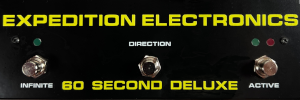Showing posts sorted by date for query Robotussin. Sort by relevance Show all posts
Showing posts sorted by date for query Robotussin. Sort by relevance Show all posts
Wednesday, August 07, 2024
Pale Fire by Robotussin
New release from supporting member Robotussin. You might recall some of his vintage synth videos featured in previous posts here. Don't miss them.
Pale Fire was made on an Oberheim FVS, Crumar Spirit, LinnDrum, Recodrum, DX7, Roland MKS-80, TR-808, TR-606, TB-303, Oberheim Matrix-1000, Korg PE-1000.
Friday, June 14, 2024
Edgar Froese plays a PPG Wave and Oberheim OB-X
video upload by Robotussin Vintage Synths
"Edgar Froese was the founding member of Tangerine Dream and can be seen here playing a PPG Wave, an Oberheim OB-X and surrounded by a bunch of interesting-looking gear, maybe more PPG hardware? This was shot for German TV in 1981."
Friday, May 03, 2024
Robert Moog Interview on the Moog Synthesizer
video upload by Robotussin Vintage Synths
"Rare little interview CNN did with Robert Moog in the ’90s, when he was living in North Carolina, designing machines as a free agent, having left the synth company he founded. This month would have seen Moog’s 90th birthday, had he not passed away in 2005.
I’ve always loved the man’s humility and straightforwardness. Big love to him and all those who knew him."
Friday, March 29, 2024
“Myoglobin: A Protein Primer” with music created on a Moog modular by Gino Piserchio
video upload by Robotussin Vintage Synths
"Lovely wonky transfer of a 1971 science film called 'Myoglobin: A Protein Primer' with music created on a Moog modular by Gino Piserchio, who was a composer and actor who had featured in a few films by Andy Warhol. Piserchio died in 1989 aged just 44.
I find this film very soothing, mainly due to the soundtrack, the beautifully degraded quality of the film, and the blissed-out narration."
Friday, January 26, 2024
Cavagnolo Exagone XM 64 walkthrough
video upload by Robotussin Vintage Synths
"The super-rare Exagone XM 64 made by a French accordion company called Cavagnolo in 1982. Only 20 of these are thought to have been built, though the company also made some versions with accordion controls (around 80).
It's a two oscillator monosynth that was used by Depeche Mode, though who knows what happened to the other 18. This one is owned by the man behind La Mirage Records (lamiragerecords.bandcamp.com), who kindly let me play around on it.
Full walkthrough in the video, with lots of mistakes and faffing around – apologies for that, it was my first time getting hand on the synth.
Thanks!"
Friday, January 12, 2024
Keith Humble's Optronics Workstation
video upload by Robotussin Vintage Synths
"This is the Optronics Workstation, an Australian synth made for composer Keith Humble around 1970. It could be controlled by brainwaves…
The Optronics Workstation contains an EMS VCS1 – you can see the controls in the bottom right corner. Yes, a VCS1, not the VCS3 that EMS eventually marketed. The VCS1 was the first synth made by British company EMS. Three were created, the original, known as the Don Banks Music Box, can be seen above in the last image. It was made in 1968, predating the VCS3 by 12 months and many say it was the commission from Don Banks that led to the formation of EMS, so perhaps without it, there would be no other EMS synths.
Humble’s Optronics was built by an engineer called Graham Thirkell around the VCS1. It is perhaps the world’s first electronic workstation, containing a mixer, a synth and FX, all of which are inter-patchable.
In the centre is the 'Mindreader' or 'OmniVoila'. Players attach an electrode to their temples and this device read the signals and turned it into voltage to produce sound or modulation. On the left side is a three-channel mixer for three external line inputs, plus a send for a delay. Top right is a patch panel where voltages can be routed to create sound or modulation. Above that you can see two ring modulators. It also has an in-built spring reverb.
Humble was a huge early proponent of electronic music in Australia. He founded the Electronic Music Studio at Melbourne Universities’ Grainger Centre and the music school at La Trobe University, Melbourne.
The Optronics Workstation is now in the collection of MESS, the non-profit Melbourne Electronic Sound Studio. They are fantastic people who preserve and restore vintage instruments and encourage people to come in and play with them. Humble’s Optronics still works, so if you’re in Melbourne or near there, drop them a line and go say hello.
They were going to send me some video of it in action but I think they’re too slammed. I’ve included the only audio I could find that might be the Optronics in action. It might not be, though. But it was made by Keith Humble about a year after he started working with the Optronics and given that it was his only synth at the time, I think there's a good chance the audio was made with the Optronics."
Sunday, January 07, 2024
Percy Grainger's Free Music Machine
video upload by Robotussin Vintage Synth
"A video from the Australian Broadcasting Company about a composer and inventor called Percy Grainger, who made electronic instruments in the 1950s that would follow a curving line to create pitch and music. He physically made the curving line out of thick sheets of card and fed them into the machine, controlling the pitch of an oscillator."
EMS SYNTHI 100 in the beginning.
Sunday, December 31, 2023
Crumar Spirit 2023 edition – intro and sounds
video upload by Robotussin Vintage Synths
"This is a quick overview of the new Crumar Spirit, a recreation of an Italian synth made in 1981. This 2023 edition was created in a series of just 100 units by Crumar. Here's a first play discussing the functionality and the sounds."
Saturday, December 23, 2023
Mutuca Pro from Arthur Joly, sounds and demo
video upload by Robotussin Vintage Synths
"A quick look at some of the features in the Mutuca Pro, a hand-build monophonic analogue synth from Brazil developed by Arthur Joly. Only 13 were built and this is No.2."
Saturday, October 14, 2023
Vintage synth featured in 1957 film "Different from You and Me."
video upload by Robotussin Vintage Synths
"The dangers of electronic music, according to a film about the menace of homosexuality from 1957 called 'Different From You and Me'. It features the Trautonium, a synthesizer from the 1930s that was created by Friedrich Trautwein and used by Oskar Sala. The film, which was called 'The Third Sex' or 'Bewildered Youth'(!) when released in the US, is about a prosperous German family whose son is lured into a seedy world of gay men, nude wrestling and avant garde electronic music by an effete friend and a licentious antique dealer.
Terrified that their son is not into women, the teen's parents induce their cleaning lady to seduce him and awaken his more 'natural' desires. This ends in the month's arrest for arranging prostitution!
While the film is based on homophobic ideas, the original version has some nuance and depicts some of its gay characters in a relatively balanced light for the time. Being gay was still a crime in Germany and elsewhere in the 1950s. However, before it could be released in West Germany censors insisted on changes, weaving in more anti-gay rhetoric, making the gay characters more criminal and removing scenes that showed gay men in positions of authority and respectability.
For me, it's remarkable only for the scenes featuring the synthesizer, but it is interesting that even then electronic music was associated with same-sex relationships, given that 20 years later the gay communities would be such a driving force behind the foundation of the electronic music scene.
I have uploaded all the scenes from this film that feature the Trautonium to my YouTube channel, which is also called Robotussin Vintage Synths."
LABELS/MORE:
exclusive,
exclusive2023,
Mixturtrautonium,
Musique Concrete,
Oskar Sala,
Synth Movies,
Synth TV and Film,
Trautonium
Friday, September 29, 2023
Dianzi Qin (电子琴) Chinese synth from 1978
video upload by Robotussin Vintage Synths
"Look at these strange synths produced by Cold War-era China. This is a Dianzi Qin (电子琴).
The synth came about following a cultural exchange in the early 1970s when composer Bernie Krause visited China to demonstrate a Moog modular system. It was part of Richard Nixon’s attempt to build up relations with China to counterbalance Soviet influence in the region – a program known as “Ping-pong diplomacy”.
Krause demo’ed his Moog to Communist officials who were apparently very impressed, after which the Party declared that electronic music 'had no cultural bias', meaning it was not intrinsically Western and decadent, and so there was no problem for Chinese people to explore it and incorporate it into their compositions.
This led inventor Tian Jin Qin to develop this instrument, as a modern, electronic synthesizer with Chinese characteristics – it’s loosely based on traditional Chinese string instruments such as the Erhu.
The Dian Zi Qin is controlled with four ribbons, which power an additive synth engine. There seem to have been two versions, one that looks like an upright stringed instrument, the other that looks more like a desktop synth but with a vertical neck sticking out of it with the ribbon controls to finger. The second type has additional touch controls on the main unit that have some ability to bend and accent the note.
I’ve read that very few were made and it didn’t get out of the prototype stage, but in this video I see at least three playing in concert, as well as what looks like a more conventional organs. I’ve uploaded the full film to my YouTube channel as it was not available anywhere on the Western internet."
Saturday, September 16, 2023
Syncing an Oberheim Four Voice with a Roland MPU-101
video upload by Robotussin Vintage Synths
"This is a video of my trying to sync an Oberheim four-voice system (4VS) with a Roland MPU-101 from 1984. If you want to know how to hook up an Oberheim Four Voice to a modern DAW, you can do it with a Roland MPU-101, if you've had a mod. Send me a message if you want to discuss how to sync an Oberheim 4VS."
Monday, September 04, 2023
Korg PE-1000 Deep Dive
video upload by Robotussin Vintage Synths
"A deep dive into the wonderful Korg Polyphonic Ensemble, AKA the PE-1000. All the features of this 46-year-old synth, lots of original sound, lots of talking. Why is this such a wonderful old synth? I'll tell you why..."
Norman McLaren's hand-drawn sounds
video upload by Robotussin Vintage Synths
"Scottish-Canadian animator Norman McLaren developed a technique of painting onto the optical soundtrack area of the film negatives of his animations.
The shapes would then make drones and buzzes when played through a special type of projector. He used the technique to create experimental soundtracks to his animations.
It's similar to Daphne Oram's technique of turning shapes into sound – though hers, which she called Oramics, was more complex, with dedicated machines that read shapes on the entire area of the 35mm film, rather than just the little strip that contains the soundtrack.
You can see the results in the third video above, an extract from McLaren's film 'Dots', which employs the technique.
McLaren – born in Scotland in 1914 – worked for the British Post Office's film unit until around 1939, when he moved to New York, then to Canada in 1941, where he produced animations for the National Film Board, before setting up an animation studio at the École des beaux-arts de Montréal and the Ontario College of Art.
There he produced around 70 films, much of it highly experimental and strange. He died in 1987 aged 72."
This also reminds me of the Optigan.
Norman McLaren is mentioned in this book: Vector Synthesis: a Media Archaeological Investigation into Sound-Modulated Light
LABELS/MORE:
documentaries,
exclusive,
exclusive2023,
Norman McLaren,
Optigan,
Oramics,
oscilloscopes
Punchcard synths at the Seimens studio in 1967
video upload by Robotussin Vintage Synths
Click the CC in the player controls on the bottom right for subtitles.
"The electronic music studio of the Siemens company in Munich in 1967, one of the first private electronic music studios in the world. Programming electronic music back then was a complex process that involved punch cards and maths. On the plus side, there were lots of gorgeous dials to turn and Bakelite switches to play with.
The Seimens studio was set up in 1958 and used until 1968. The studio initially created “musique concrète” but later explored purely electronic works, with engineers building equipment specifically for this task. I’ve seen it said that vocoders – which were invented during World War II to encrypt voice messages – were first used in music production at this lab.
The first major work produced here was the soundtrack to a documentary called 'Impulse of our Time' ('Impuls Unserer Zeit') directed by Otto Martini. After this, the studio was rented out to radio stations for compositions and sound effects, and composers were also invited to use the equipment. Karlheinz Stockhausen was one prestigious guest who used the studio, but there were many others. But really, the studio was a showpiece for Siemens and a chance for them to test out new ideas and equipment
The studio was placed in storage and forgotten from around 1968 to 1992, when it was rediscovered. It is now permanently installed at the Deutsche Museum von Meisterwerken der Naturwissenschaft und Technik in Munich.
I took this from a 13 minute video that’s available in full on the YouTube channel freeartslab. I added the subtitles so they are not very accurate, but they give you an idea of what’s going on if you don’t speak German."
Jonny Greenwood and his Ondes Martenot
video upload by Robotussin Vintage Synths
"Radiohead's guitarist and keyboard player Jonny Greenwood meets a professional Ondist to discuss this very early French electronic instrument. Greenwood also shows off a modern synth that uses a similar ring-on-a-wire controller."
Dewanatron machines and the Swarmatron
video upload by Robotussin Vintage Synths
"Here's the Swarmatron and its creators Brian and Leon Dewan, talking to Detroit Public TV about 10 years ago.
I posted about the Swarmatron about a year ago. It's an analogue synth that creates a tone using eight oscillators all playing slightly different frequencies. The pitch is controlled with a ribbon at the front. The difference between the 8 oscillators is controlled with a span control, from tightly aligned to woozily detuned. It's designed to produce a sort of cacophony, almost like multiple voices singing at once.
It's best known for its use by Atticus Ross and Trent Reznor on their soundtrack to "The Social Network", which won an Oscar and changed a lot of minds about the sort of movies that could use electronic scores.
Leon and Brian Dewan are cousins and together they run Dewanatron, which makes a family of instruments like the Swarmatron, the Novitiate – a one-off they made for the Bob Moog Foundation. Their instruments are unique, expensive, beautiful and very unusual. In the video you see another of their machines, which has two keyboards that face each other so two people play it at the same time.
I also found some great footage of the Novitiate they made for the Bob Moog Foundation on the YouTube channel AutomaticGainsay, which is a great resource for synth reviews and videos. I've posted more videos of the Swarmatron, the Novitiate and other Dewanatron instruments on my YouTube and on the subscriber section of this channel.
The Dewans, whose family is originally from Syria, spoke to a Detroit Public TV show about Arab Americans."
See the Dewanatron label below for more.
HOME
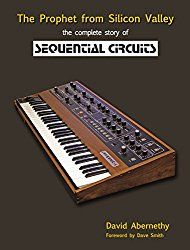



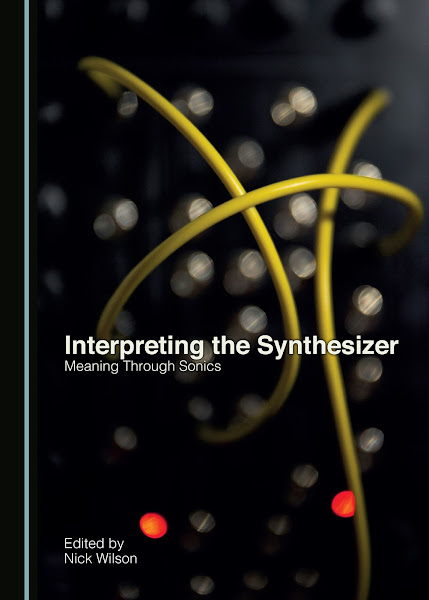
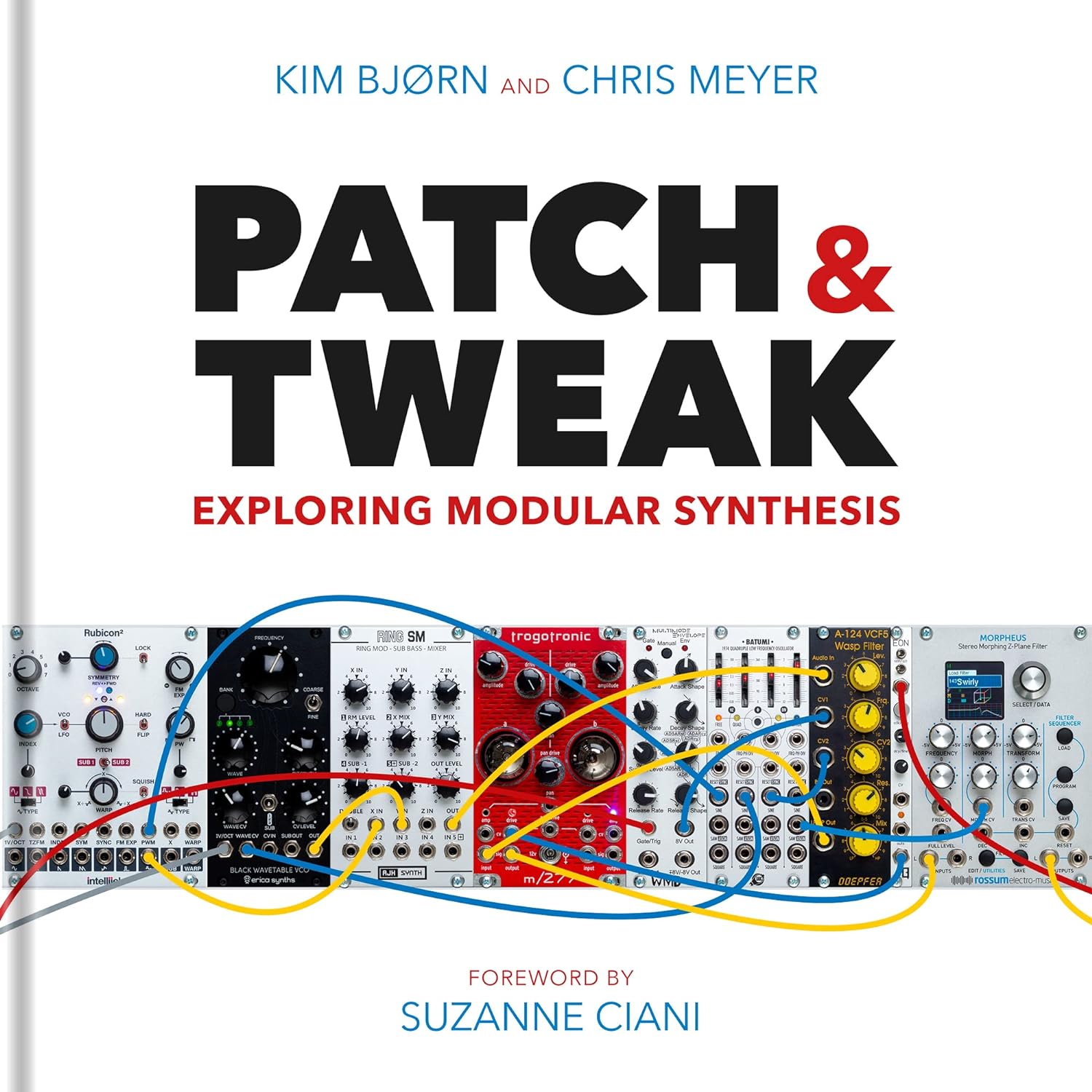

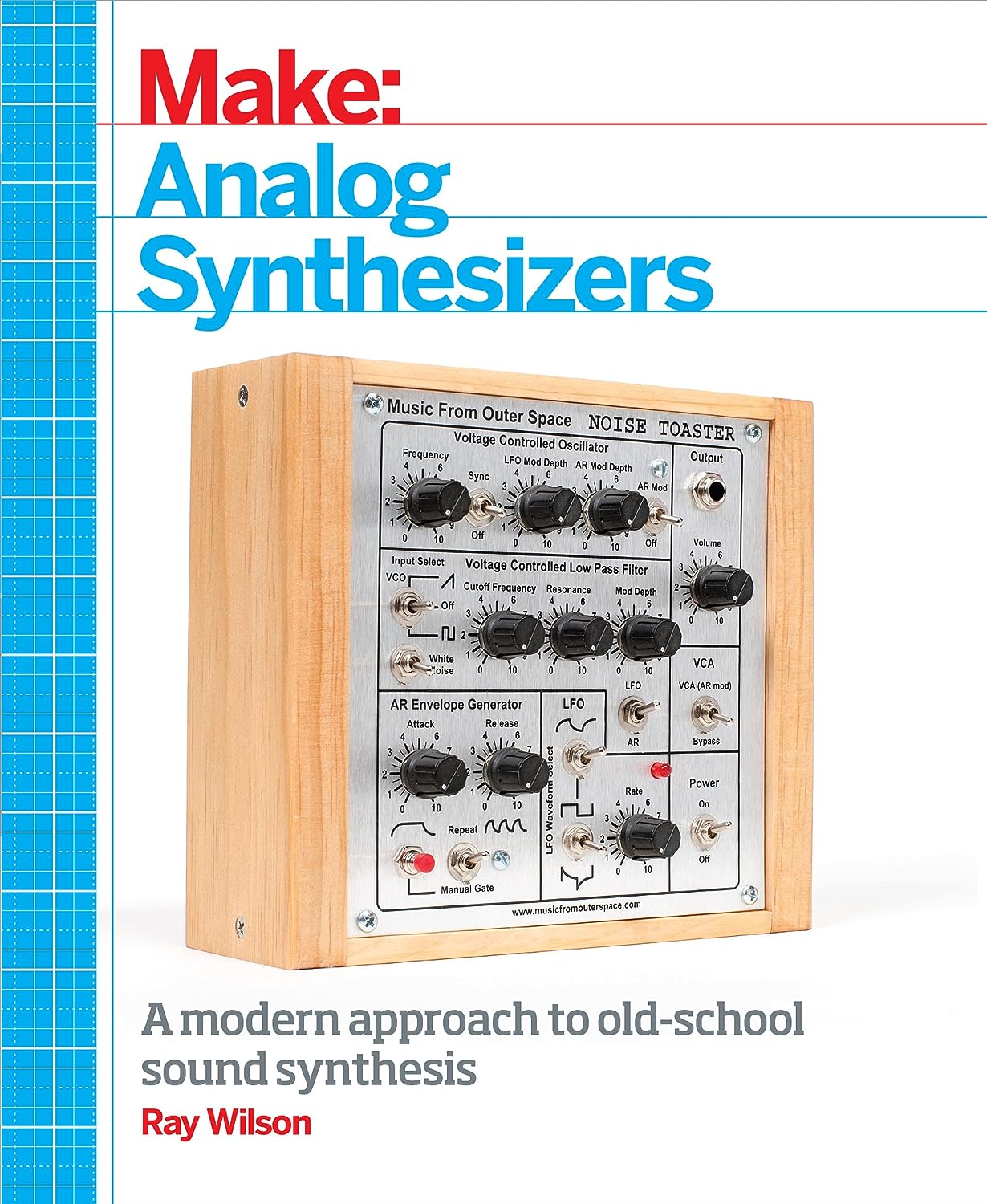

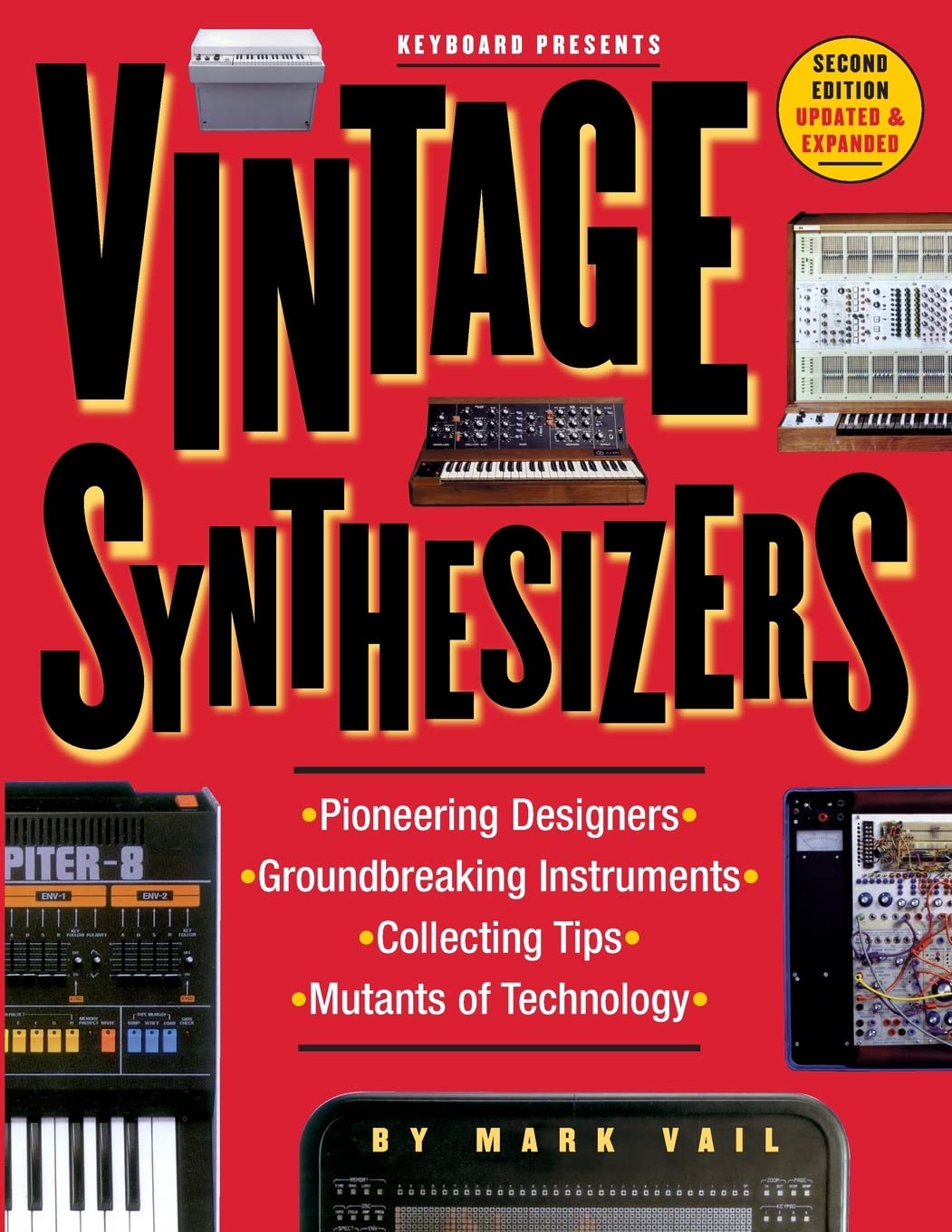
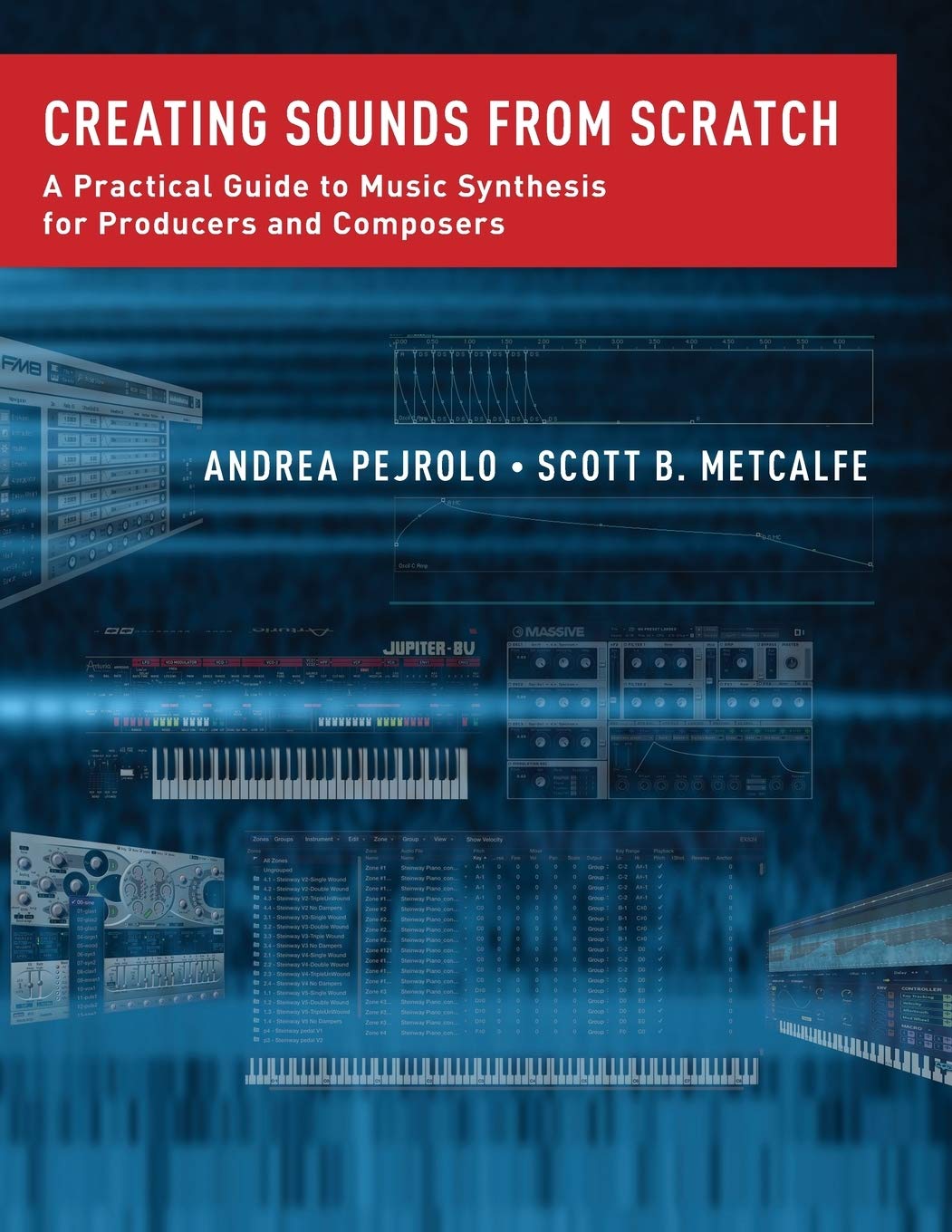
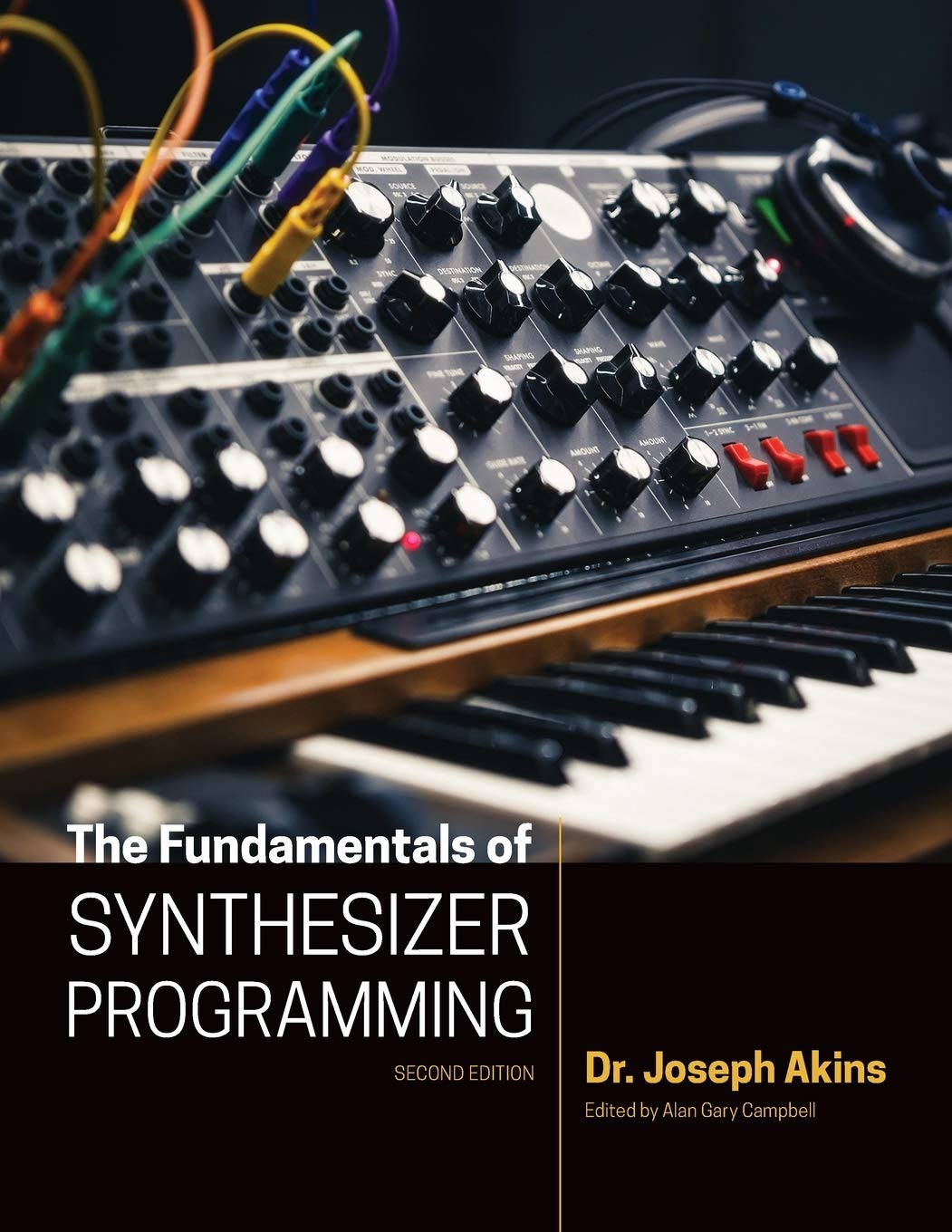

© Matrixsynth - All posts are presented here for informative, historical and educative purposes as applicable within fair use.
MATRIXSYNTH is supported by affiliate links that use cookies to track clickthroughs and sales. See the privacy policy for details.
MATRIXSYNTH - EVERYTHING SYNTH













© Matrixsynth - All posts are presented here for informative, historical and educative purposes as applicable within fair use.
MATRIXSYNTH is supported by affiliate links that use cookies to track clickthroughs and sales. See the privacy policy for details.
MATRIXSYNTH - EVERYTHING SYNTH
















